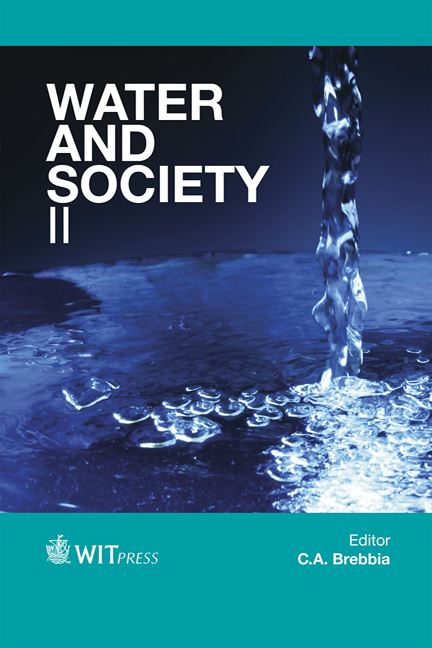Radioactivity Of Mine Water From A Gold Mine In South Africa
Price
Free (open access)
Transaction
Volume
178
Pages
12
Page Range
147 - 158
Published
2013
Size
1246 kb
Paper DOI
10.2495/WS130131
Copyright
WIT Press
Author(s)
G. Madzivire, P. Maleka, R. Lindsay & L. F. Petrik
Abstract
Gold mining in South Africa has occurred for over 100 years in the Witwatersrand goldfields. The associated geology contains 3% pyrite (FeS2) together with radioactive elements such as uranium and thorium. Mining of gold in the Witwatersrand basin leaves FeS2 exposed to H2O and O2 in mine tailing and mine voids. This resulted in the formation acid mine drainage (AMD) due to the oxidation of FeS2 in the presence of H2O and O2. The acidity generated from FeS2 caused chemical weathering of the surrounding tailings or bedrock. The mine water from the mine voids and mine tailings in the basin is acidic and contains elevated concentration of radioactive elements such as U, Th, Ra and Pb in addition to heavy metals such as Fe, Al, Mn, Ca and Mg. The radioactivity of the mine water determination using alpha and beta spectrometry indicated that mine water from the gold mine had alpha and beta radioactivity 6 and 12 times greater than the target quality water range (TQWR) for potable water respectively. Keywords: mine water, radioactive elements, alpha and beta radioactivity and target water quality range, pyrite.
Keywords
mine water, radioactive elements, alpha and beta radioactivity andtarget water quality range, pyrite





